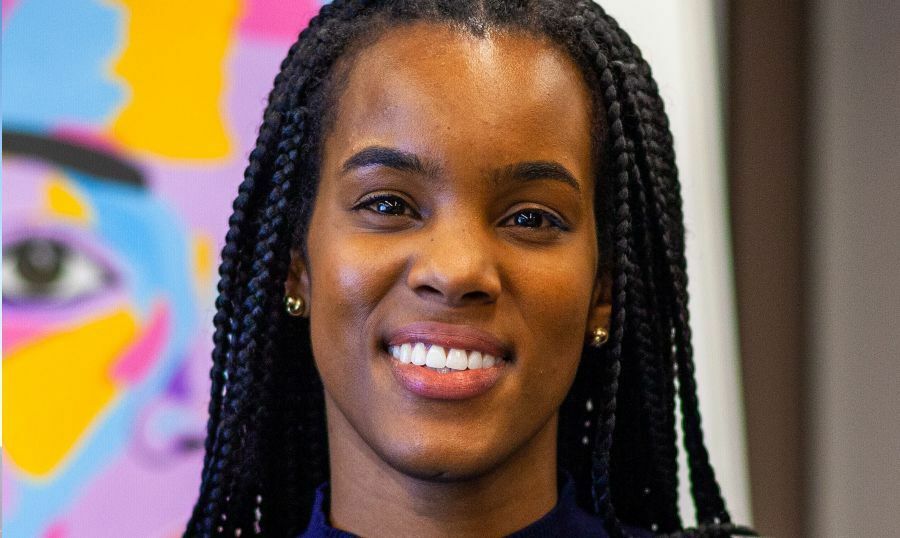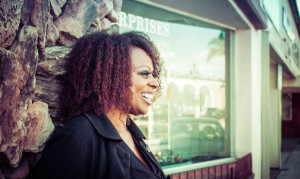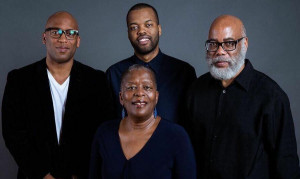For just over a decade, The Nia Centre has strived to make itself an anchor for the Black arts community. After the recent announcement touting millions of dollars in funding for an expansion and renovation of the existing building, Nia has cemented its status as the first professional Black cultural arts centre in Canada that will showcase art from the African diaspora.
Once renovated, Nia Centre will have expanded capacity to present music, dance, photography, film and theatre. Construction highlights include:
A multi-purpose performance space with capacity for over 100 seated guests multimedia, collaborative artistic spaces including a digital media lab, a recording
A studio, as well as a collaborative artist studio space
A youth hub, and private, rentable event space with outdoor recreational use
A board room and co-working spaces hallway galleries on 2 levels
Once known as Isabella’s Ballroom, a gathering place for the community to see reggae, soca, and calypso acts in the 70’s and 80’s, the cultural hub is a modern testament to the history of Black culture in Canada. It literally stands on the foundations of the Black migrants who brought their entrepreneurship and creativity with them to the Vaughan-Oakwood community, and will now build on that hallowed legacy a living monument beyond their ancestors' dreams.
Of course, there is nowhere in the diaspora where Black aspiration must not endure struggle, and the story of The Nia Centre is no outlier in that regard. “Nia”, a Swahili word that means “purpose”, speaks life into the centre’s purpose to manifest a safe communal space for Black creatives in the city, so they in turn can explore their individual and collective purpose through the arts. ByBlacks spoke with Alica Hall, executive director at the centre, about bureaucracy, political will, and how the Black Lives Matter movement has affected the greater public’s perception of Black art and the support for a Black arts centre.
The Nia Centre, or at least the initial imaginings of it, has been around just a little over a decade. What were some of the barriers you encountered along the way to this victory?
One of the first challenges was just finding a space. A requirement from our funders at the time was to find a space that was publicly owned, within budget, and large enough to accommodate all the sorts of activities we wanted to take place. We wanted to avoid the risk of investing in and renovating it, only to have a landlord decide the building was actually better suited towards a condo. We were looking for an appropriate facility for a good 5-6 years. That was the first challenge. Then we found 524 Oakwood, which was a city-owned building. We were initially just looking at investing in and renovating the first floor based on what was available at the time. They were looking at having a health clinic on the ground floor of the same building, but the clinic ended up moving out of the project without telling the city. By that time, we had moved ahead with getting an architect, getting funding, and were basically ready for the renovation of the upper floor of the building. Then the city told us the ground floor was available. We thought it made more sense to have a performance space on the ground floor, but it also meant starting the project all over again. We had to go back to city council to get approval for the whole building, return the funding we’d already received, and then reapply. Working within an existing structure also presents its own problems. You can only raise the roof so high and lower the floors so deep. You end up trying to fit your dreams into a box so it’s the most ideal design and the various components you want are all there.

Both municipal and federal levels of government are contributing to the redevelopment project. Do you think the Black Lives Matter protests of this year helped push the needle in terms of government support for a Black cultural Arts centre in this city, and if so, how?
We actually secured this funding prior to the protests. The federal government committed this money last year, and our dealings with the city have been part of an ongoing negotiation process that had little to do with the protests. I would say that the protests have been a catalyst for support from individual donors. It really pushed everyday Torontonians and regular folks across the country. I actually get goosebumps thinking about how much support came in during those moments. You go through that tension of wanting to feel grateful, while also recognizing that the support comes off of Black death, violence and brutality. It’s a contradictory feeling. We’ve experienced an outpouring of support from individual donors and corporations. Usually, for organizations like us, we don’t have that kind of visibility outside of our community. The broader city is not that interested in a Black arts centre. It’s very difficult to get the attention of your average book publisher or corporation and have them invest in your project. If they’re looking at high art or fine art and don’t see a lot of Black artists in collections, they don’t understand the value of a Black arts centre right? So I would say that this moment has been more of a catalyst for corporations and individual donors getting more familiar with the work we do and understanding they need to invest in Black-led organizations in the city.
One of the conversations that came out of this cultural reckoning was the calling out of galleries and museums for their anti-Black racism and general lack of support for Black artists in this city. What impact do you think a Black cultural arts centre will have on traditional arts institutions and the way they view and support Black artists in this city, if at all?
I think that there’s definitely a cultural reckoning happening where a lot of institutions are being called out over their collections, who they fund, and who they support. I think it’s going to take organizations like ours, along with audiences, to hold those institutions to account. I think there’s been a moment of pause, and some organizations have articulated more clearly and developed new plans to better support Black artists and creatives. There are film companies that have invested a portion of their production budget towards having Black and POC creatives being on set, and the AGO just announced their new department of Arts of Global Africa and Diaspora. So there are some incremental steps some organizations are taking, and others who we’ll have to hold their feet to the fire.
The Nia Centre is located in the Oakwood-Vaughan area around the way from “Little Jamaica” on Eglinton west. Residents and business owners on the Eglinton west strip have expressed fears of encroaching gentrification erasing the cultural flavour of the neighbourhood. Do you think this project sort of cements the status of the area as a Black cultural neighbourhood in Toronto?
I definitely would. For me there’s a beautiful alignment between what we’re building and the community. Even within the building and the history of it. It’s been a nightclub, a banquet hall, and was the spot for local Reggae artists, calypso and soca bands to perform. Folks would be coming here in the 70’s to watch shows here. It’s long-held creative and entrepreneurial energy as a Black space. I think that as much as it feels like shifts on Eglinton are inevitable, and it still remains to see if the heritage and small businesses will survive both the Metrolinx project and the pandemic, being able to have an anchor that focuses more so on the arts and the preservation of that legacy, extends the work that our Black elders, entrepreneurs, creatives, and artists have done over the past five decades to maintain that neighbourhood as a cultural hub. It’s our vision to preserve that energy and honour that legacy.
Finally, The Toronto Star published a story that asked 6 artists what a Black arts centre in Toronto meant to them. What does it mean to you?
I think it’s really about providing a space and a platform for the unique and varied experiences of Black people in this city and this country. I have travelled throughout the U.S. and Europe, and I think Toronto is really unique for its Black community. We have people that come from east Africa, west Africa, the Caribbean, are Francophone, Muslim, Christian, and are queer and out...there’s such a variety that has enriched my life. I think that it makes our stories and our culture richer. That cultural exchange that happens in Toronto is unique. When I go to the States and talk to someone from Nigeria, I may ask them if they’re Hausa or Yoruba and they’re like, how do you know that? We don’t all get blended under this idea of being American. We hold onto our cultural identity. Having a Black arts centre is about being able to have this place where all of us, from our respective places in the diaspora and identities we bring with that, can have this space where we connect, have a sense of belonging, and share that unique experience for cultural exchange through the arts.
Donations:
The Nia Centre has raised over 6 million dollars to launch their renovation, but still needs the community’s help to raise another 1.5 million to realize their goal. Consider sending your donations for Canada’s first and only Black cultural arts centre at: https://www.canadahelps.org/en/dn/m/37146/donation

 By
By 






